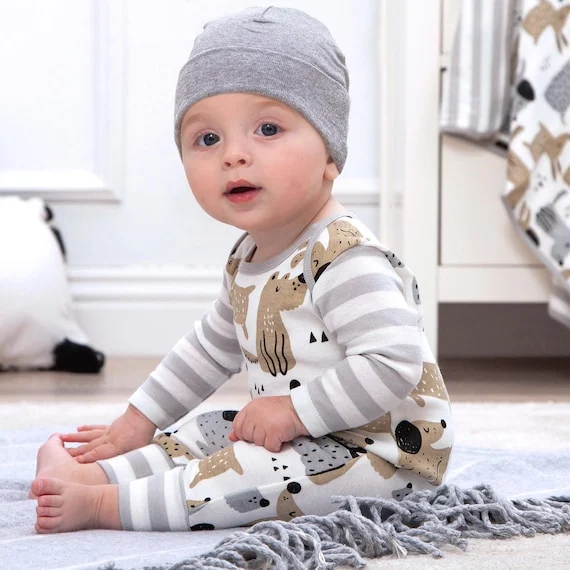In the aftermath of loss, the notion of a rainbow often symbolizes hope—a signal that brighter days lie ahead. This metaphor has gained popularity, particularly surrounding the concept of a “Rainbow Baby,” referring to a child born following the heart-wrenching experience of miscarriage, stillbirth, or infant loss. For many, the arrival of a Rainbow Baby represents a profound emotional healing, a joyous new beginning after a painful chapter.
I admire the resilience of friends who have faced unimaginable losses, yet have been blessed with their Rainbow Babies. Their joy fills me with happiness, and I cherish the moments they share with their new little ones. However, what happens when the prospect of a Rainbow Baby feels like an impossible dream? Grieving without the hope of a Rainbow Baby introduces a unique and complex layer of sorrow.
I often envision a bright delivery room, filled with the sounds of a healthy baby’s cry, with my loving partner beside me—a moment that seems so distant now. In the wake of loss, one might cling to the belief that such grief serves a purpose, perhaps leading to the birth of a new life. It can be comforting to think that everything happens for a reason, but the reality can be much more complicated.
When confronted with the stark truth that we may never welcome another child, the grief deepens. After the stillbirth of our son, I faced a new kind of sorrow, understanding that our storm would not yield a Rainbow. The realization that we would never have another chance at pregnancy weighed heavily on my heart, amplifying my anger and despair. I longed for the simplicity of a positive pregnancy test, the joy of feeling kicks, and the bliss of holding a living baby.
For a long time, I wrestled with these feelings, struggling to comprehend why our lives had taken such a tragic turn. During this painful period, I stumbled upon a thought-provoking passage in a book that spoke to the concept of mothering without children. At first, it seemed unfathomable, yet a memory of my friend Sarah surfaced. She had dedicated her life to teaching and loving her students as if they were her own. Although she never had children of her own, she embodied the essence of motherhood.
This revelation led me to understand that my journey as a mother could take different forms. Perhaps my Rainbow doesn’t need to manifest as another baby. Instead, I could channel my nurturing spirit into meaningful causes, volunteer for organizations that resonate with me, or use my experiences to provide support to others navigating similar paths. I realized that mothering could extend beyond the traditional definition, allowing me to explore new passions or projects that could become my “baby.”
After many months of reflection and emotional turmoil, I began to accept that I could still find my Rainbow elsewhere. Although it may not come in the form of a child, this realization opened new avenues for healing and hope. I still experience moments of grief, but I’ve learned that I can seek out ways to nurture and support others, forging a new path that honors my journey.
Finding my Rainbow is an ongoing adventure. I’m embracing the idea that it will evolve over time, just like my understanding of motherhood. While the storm may not dissipate entirely, I recognize that every mother, whether she has a living child or not, carries her own burdens of loss and grief. Our journeys may differ, but we can all find our Rainbows if we remain open to the possibilities.
For more insight on navigating through these feelings, check out our previous post here. If you’re considering at-home insemination, you can explore this reputable retailer for syringes and kits. Additionally, March of Dimes offers helpful resources on fertility treatments and pregnancy planning.
In summary, grieving without the hope of a Rainbow Baby is a profound journey that requires patience and self-compassion. While the loss is heavy, exploring new avenues for nurturing can lead to unexpected joy and fulfillment.

Leave a Reply